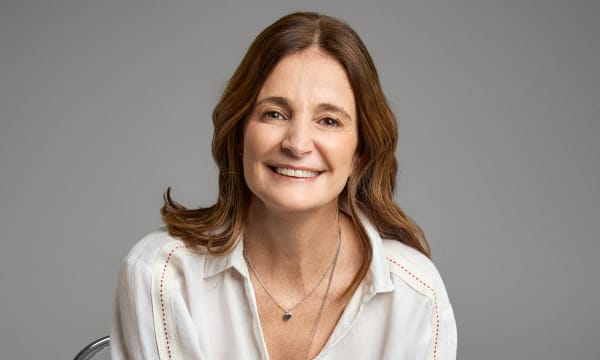Nothing says ‘success’ in business quite like a brand name entering the common vernacular. Think people ‘Hoovering’ their homes, or ‘Googling’ to look something up on the internet.
Another of the modern day digital giants has also lent its name what is now a well known and widely used phrase, in tech and commerce circles at least. The ‘Amazon Effect’, according to business website Investopedia:
“...refers to the impact created by the online, eCommerce, or digital marketplace on the traditional brick and mortar business model that is the result of the change in shopping patterns, customer expectations, and the industry's competitive landscape.”
Now that’s some accolade to put your name to - nothing short of shaking up the entire retail industry and changing the way people shop. Well, that’s Amazon for you. Innovative, disruptive, aggressively expansionist, no one would seriously argue that Amazon hasn’t helped change the face of commerce.
Still, there’s a danger of being misled by phrases like ‘the Amazon Effect’. Just like talk of ‘Hoovering’ glosses over the existence of dozens of other vacuum cleaner brands, and ‘Googling’ makes you forget other search engines exist, talking about ‘the Amazon Effect’ implies that Amazon has changed retail all by itself.
You start to get an inkling that that isn’t exactly true when you look at a list of the world’s biggest ecommerce companies. You quickly notice a pattern. Yes, Amazon is at the top of that list. But a large number of the top names - JD.com, Alibaba, Meituan, Rakuten, Mercado Libre, eBay, Otto - operate a business model notably similar to Amazon’s. They are all online marketplaces.
Digital marketplaces are like the department stores of online commerce, just scaled up many times over. While a bricks-and-mortar department store has physical restrictions on how many third-party vendor concessions it can fit under its roof, a digital marketplace has no such limitations. It can host thousands, if not tens of thousands, of vendors, reaping the benefits (and profits) of offering a truly massive product range, all in one place.
When you look at how digital marketplaces dominate lists of the world’s biggest ecommerce companies, it raises an interesting question. Is it really just Amazon that has changed the face of commerce as we knew it? Or should we instead be talking more broadly about ‘the Marketplace Effect’?
From the evidence of our latest (and biggest ever) Future Shopper consumer survey, there’s a good case to be made for saying we should. When you dive into consumers’ online shopping and spending habits across the globe - we carried out in-depth surveys in 18 different countries this year - it’s clear that Amazon is not the dominant force in all of them. However, with just a couple of exceptions, marketplaces are.
A lot of time and energy is spent in the commerce sector tackling the question, “what can we do about Amazon?” But the evidence from our Future Shopper report findings suggests it’s time to reframe that question. And not just to, “what can we do about marketplaces?” But instead ask, what is it about marketplaces that makes them so wildly successful, all over the world and in so many different guises? And rather than fret over competing with Amazon and the like, is it not time to consider whether the marketplace model is simply the one that works best in digital commerce? And should it therefore be copied more widely?


